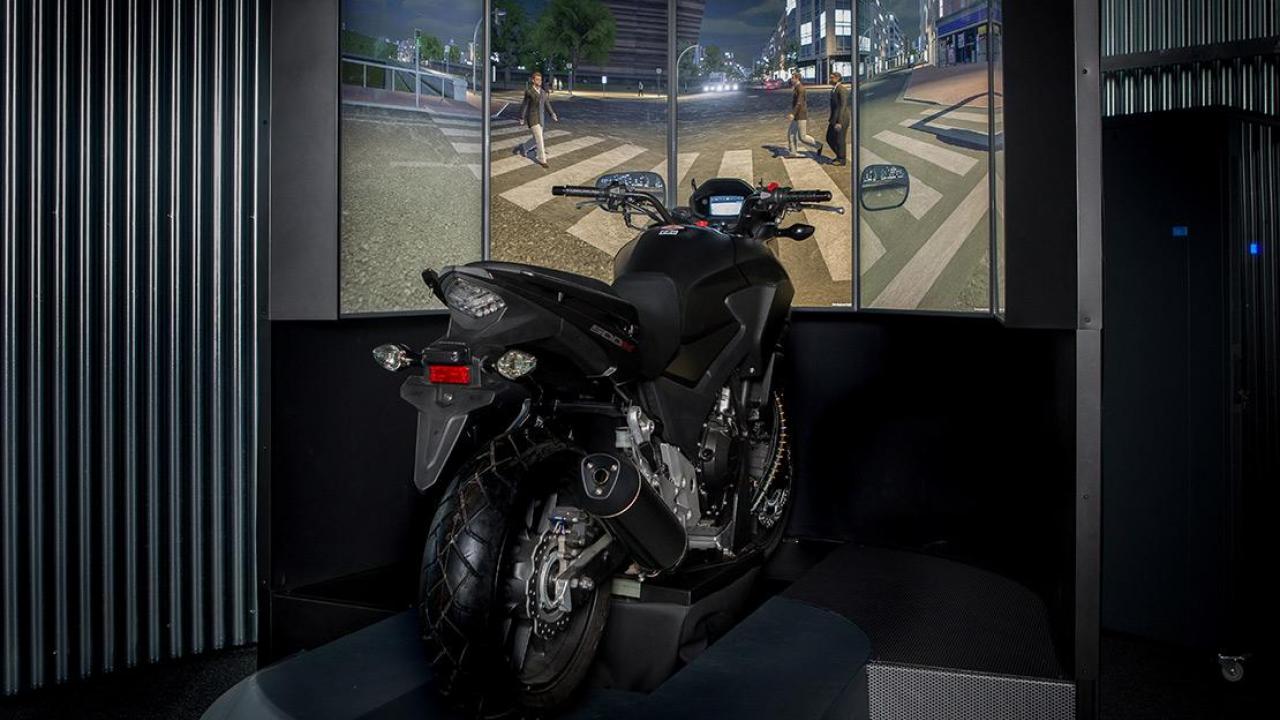Monday, September 23, 2019
Police motorcyclists face constant risk
The number of motorcycles on European roads has more than doubled over the last two decades. Regardless of type, this mode of transport has become an integral part of today's society.
Companies and governments put their trust in a wide range of professionals who use this form of transport. Couriers, for example, frequently use a motorcycle to transport important documents, while paramedics can also respond more swiftly by motorbike to emergencies that require the swift delivery of vital drugs to save lives. Police motorcyclists also play a key role in enforcing the law, in particular because of their ability to negotiate traffic more easily than cars or vans in risk or accident situations where time is of the essence, or simply as back-up to ensure that traffic flows smoothly.
Risk is therefore inevitable for these professionals. Not just because of the additional danger that speed entails but also because they are in essence only protected by their clothing and helmet. Furthermore, although it is logical to think that most accidents occur at high speeds, in the case of police motorcyclists travelling at a low speed also entails a significant risk due, among other factors, to the large quantity of equipment they carry (radios, lights, sirens, etc.).
According to figures provided by the "National Highway Traffic Safety Administration" in the United States, the accident rate for police motorcycles is approximately three times higher than for police cars.
This being the case, it is obvious that police motorcyclists must not only be professionals who are highly skilled in handling this type of vehicle but also receive longer and more specialised training.
While car road safety instruction is provided by most police bodies in the world as part of cadet training, motorcycle training is only offered to a select few.
Countries such as Sweden require a recommendation to become a police motorcyclist (MC polise) and carry out a pre-selection process, with successful candidates then undergoing a six-week training course. Refresher training must also be undertaken at regular intervals. In Australia, for example, the New South Wales police force requires candidates to pass a medical and physical examination prior to a motorcycle test to determine whether or not they have the skills to become police motorcyclists. This course lasts approximately four weeks and successful candidates must then undergo refresher training on a regular basis.
It appears clear that the training of police in cars is more democratised than that of motorcycle police. This is perhaps also why new technologies such as simulators have accessed cars more quickly, with police simulators tailored to the operational reality of these professionals.
The high level of complexity of motorcycles is requiring society to take a step further in order to guarantee maximum safety in the 21st century. Accordingly, the various police bodies and all the agents involved are working daily to improve the training and safety standards of these professionals.

